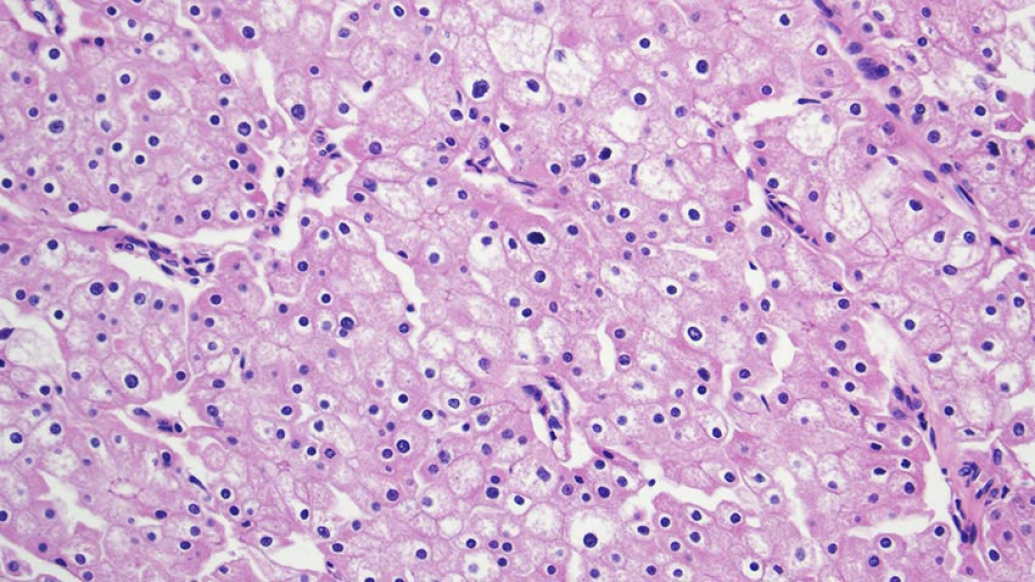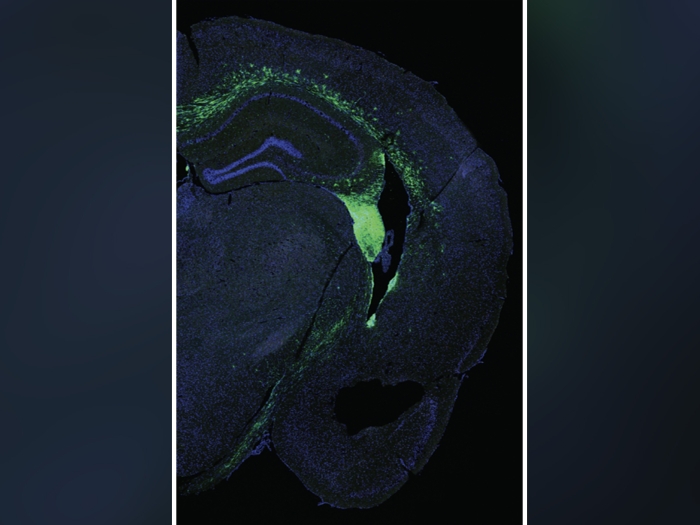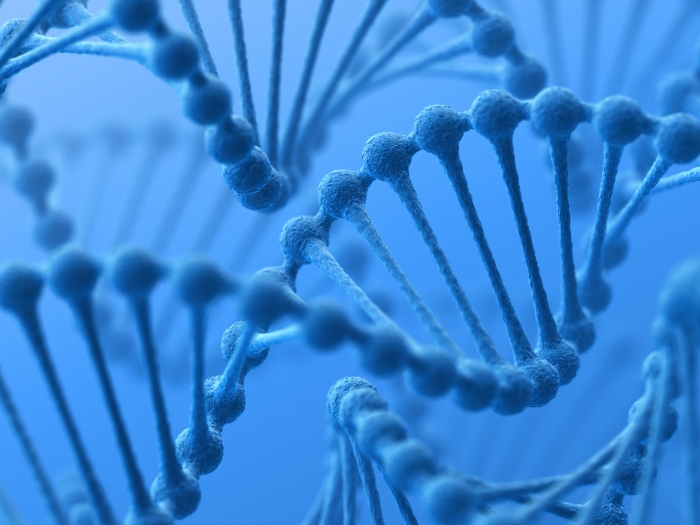U-M study combines local data with data from The Cancer Genome Atlas to discover novel biomarkers for chromophobe renal cell carcinoma through next-generation RNA sequencing.
2:40 PM
Author |

Renal cell carcinoma is the most common type of kidney cancer, accounting for about 90% of cases in adults. But there are more than 10 different subtypes, each with important differences at a molecular level that can shape their aggressiveness or their response to treatment.
Using next-generation RNA sequencing techniques, a team of scientists from the University of Michigan Rogel Cancer Center has uncovered the gene signature of chromophobe renal cell carcinoma (ChRCC) and have extensively tested the expression of three new biomarkers. The subtype is the third most common type of renal cell carcinoma, comprising about 5% of cases.
The U-M analysis, which appears in European Urology, examined RNA sequencing data from more than 1,000 kidney cancer samples combining profiles from Michigan Medicine patients with others in The Cancer Genome Atlas.
"Our approach identified two genes — Forkhead Box I1 (FOXI1) and Rh family C glycoprotein (RHCG) — and one long non-coding RNA (LINC01187) that are overexpressed in chromophobe renal cell carcinoma and positive in related oncocytic tumors," says senior study author Rohit Mehra, M.D., an associate professor of pathology at Michigan Medicine and member of the Michigan Center for Translational Pathology.
"We investigated both cancers primary to the kidney as well as those which had spread out, and found strong expression of these three biomarkers," he adds. "Importantly, we did not find them to be associated with other subtypes of kidney cancer, especially in metastatic state."
Like Podcasts? Add the Michigan Medicine News Break to your Alexa-enabled device or subscribe for updates on iTunes, Google Play and Stitcher.
Follow-up work is being conducted to validate the new biomarkers for use in the clinic at U-M and beyond, Mehra notes, where they may be particularly useful in diagnosis of metastatic tumors or a subset of primary tumors that can't be readily identified under the microscope.
The success of the group's integrative sequencing analysis approach is helping them develop a more specific kidney cancer diagnostic panel to complement existing tools, Mehra says. He notes the approach allowed the group previously to identify a specific biomarker for another rare kidney cancer called mucinous tubular and spindle cell carcinoma, helping to aid the diagnosis of challenging samples from U-M and other institutions.
Our approach identified two genes — Forkhead Box I1 (FOXI1) and Rh family C glycoprotein (RHCG) — and one long non-coding RNA (LINC01187) that are overexpressed in chromophobe renal cell carcinoma.Rohit Mehra, M.D.
The current analysis also points toward the type of cell within a normal kidney from where chromophobe renal cell carcinoma and related cancers originate — a specialized cell in the lining of the small tubules in the kidneys called an intercalated cell. This information could be helpful in future efforts to treat or better classify these tumors.
Importantly, the study also throws light on possible mechanisms that may underlie a variant of the disease called sarcomatoid ChRCC, where the scientists observed a complete lack of FOXI1 and long non-coding RNA. Loss of FOXI1, a key transcription factor, may contribute to de-differentiation in these tumors which tend to be more aggressive and may require additional therapeutic strategies.
The research was led by co-first authors Stephanie Skala, M.D, Xiaoming Wang, Ph.D., Yuping Zhang, Ph.D., and Rahul Mannan, M.B.B.S. The other senior authors include Arul Chinnaiyan. M.D., Ph.D., and Saravana Dhanasekaran, Ph.D.
The study was supported by the Michigan Prostate SPORE (2P50CA186786-06), National Cancer Institute (1U01CA214170-01, 1R35CA231996-01) and Michigan Medicine Department of Pathology.
Paper cited: "Next-Generation RNA Sequencing-Based Biomarker Characterization of Chromophobe Renal Cell Carcinoma and Related Oncoyctic Neoplasms," European Urology. DOI: 10.1016/j.eururo.2020.03.003
MORE FROM THE LAB: Subscribe to our weekly newsletter

Explore a variety of healthcare news & stories by visiting the Health Lab home page for more articles.

Department of Communication at Michigan Medicine
Want top health & research news weekly? Sign up for Health Lab’s newsletters today!





